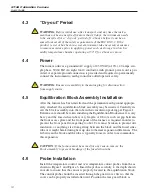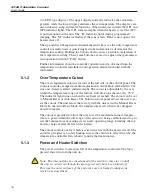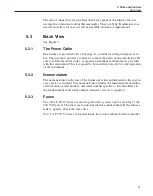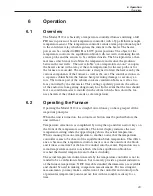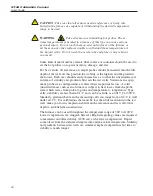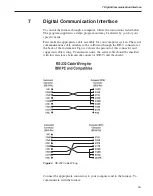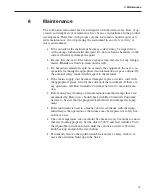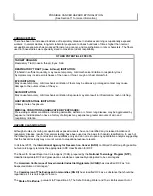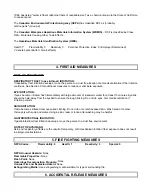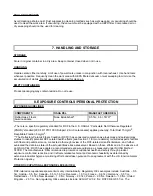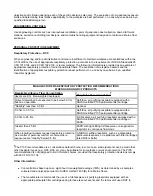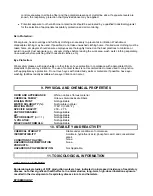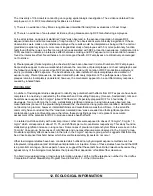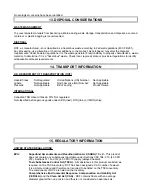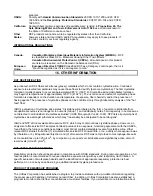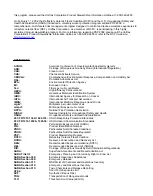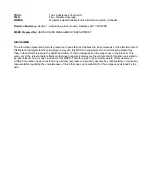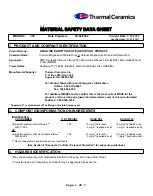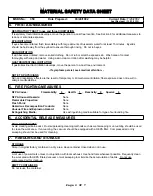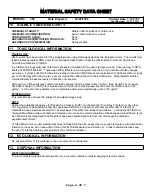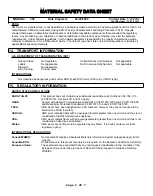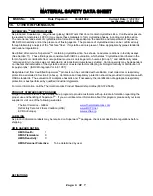
CHRONIC EFFECT
There has been no increased incidence of respiratory disease in studies examining occupationally exposed
workers. In animal studies, long-term laboratory exposure to doses hundreds of times higher than normal
occupational exposures has produced fibrosis, lung cancer, and mesothelioma in rats or hamsters. The fibers
used in those studies were specially sized to maximize rodent respirability.
HAZARD CLASSIFICATION
Although studies, involving occupationally exposed workers, have not identified any increased incidence of
respiratory disease, results from animal testing have been used as the basis for hazard classification. In each of
the following cases, the conclusions are qualitative only and do not rest upon any quantitative analysis suggesting
that the hazard actually may occur at current occupational exposure levels.
In October 2001, the
International Agency for Research on Cancer (IARC)
confirmed that Group 2b (possible
human carcinogen) remains the appropriate IARC classification for RCF.
The Seventh Annual Report on Carcinogens (1994), prepared by the
National Toxicology Program (NTP),
classified respirable RCF and glasswool as substances reasonably anticipated to be carcinogens.
The
American Conference of Governmental Industrial Hygienists (ACGIH)
has classified RCF as “A2-
Suspected Human Carcinogen.”
The
Commission of The European Communities (DG XI)
has classified RCF as a substance that should be
regarded as if it is carcinogenic to man.
The
State of California
, pursuant to Proposition 65, The Safe Drinking Water and Toxic Enforcement Act of
POSSIBLE CANCER HAZARD BY INHALATION.
(See Section 11 for more information)
OTHER POTENTIAL EFFECTS
TARGET ORGANS:
Respiratory Tract (nose & throat), Eyes, Skin
RESPIRATORY TRACT (nose & throat) IRRITATION:
If inhaled in sufficient quantity, may cause temporary, mild mechanical irritation to respiratory tract.
Symptoms may include scratchiness of the nose or throat, cough or chest discomfort.
EYE IRRITATION:
May cause temporary, mild mechanical irritation. Fibers may be abrasive; prolonged contact may cause
damage to the outer surface of the eye.
SKIN IRRITATION:
May cause temporary, mild mechanical irritation. Exposure may also result in inflammation, rash or itching.
GASTROINTESTINAL IRRITATION:
Unlikely route of exposure.
MEDICAL CONDITIONS AGGRAVATED BY EXPOSURE:
Pre-existing medical conditions, including dermatitis, asthma or chronic lung disease may be aggravated by
exposure; individuals who have a history of allergies may experience greater amounts of skin and
respiratory irritation.

